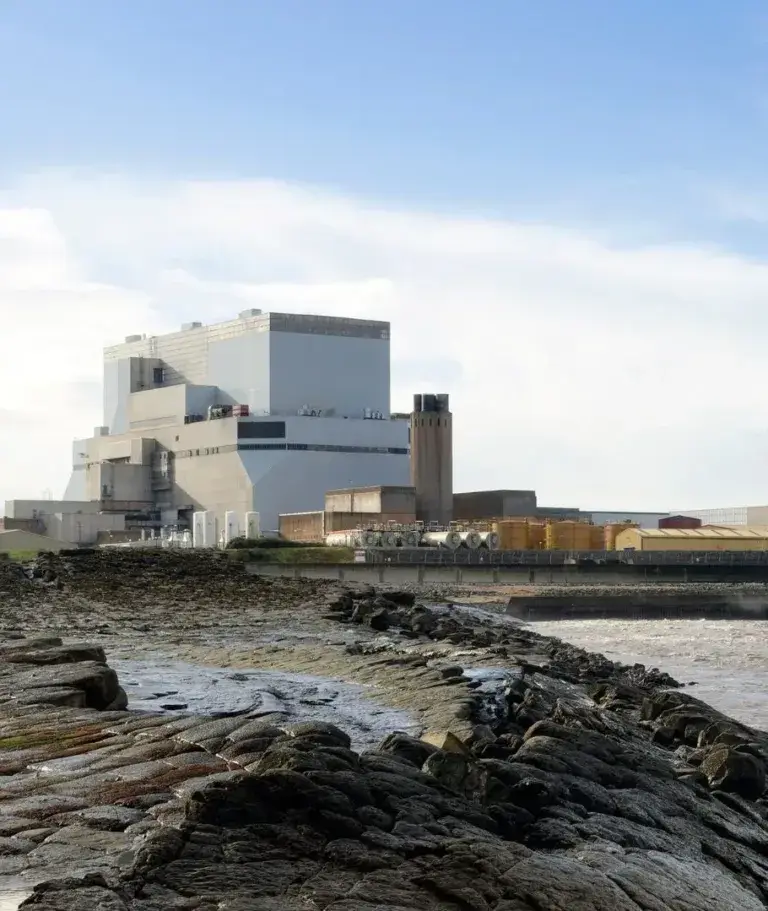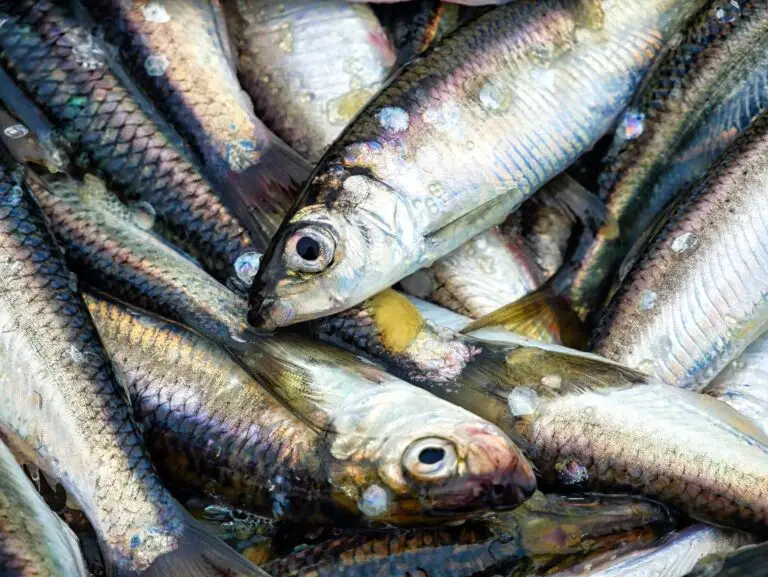The importance of marine wildlife to the ecosystem around Sizewell C cannot be overstated.
Everyone involved in coastal infrastructure projects in the UK has a responsibility to protect and promote such wildlife, using the best options available.
For many species that would be affected by the Sizewell C station, acoustic fish deterrents (AFDs) have proven to be the most effective means to protect against the risk of damage from cooling water intakes.
Among them are sprat and Atlantic herring, the latter a species of commercial and conservation importance.
Sprat inundations have previously put at risk operations at the existing Sizewell plants, while huge sprat shoals have been responsible for plant damage and millions of pounds worth of electricity generation at other East Coast sites such as Dungeness Power Station in Kent.
Minimising risk to fragile fish
Such incidents illustrate the risks of allowing fish to pass through cooling water intakes, not only to the safety of the fish themselves, but also to the station’s ability to maintain operation when needed.
But sprat and herring are classed as hearing specialists and AFDs are proven to prevent them from entering offshore intakes. Trials of an acoustic system installed at Belgium’s Doel nuclear power station showed 95% of herring were deflected, along with 88% of sprat.
Combined, these two species have made up nearly two-thirds of the annual kill by power stations at the Sizewell site, according to reports by the Centre for Environment, Fisheries and Aquaculture Science (Cefas).
EDF Energy have argued a fish recovery and return (FRR) system provides sufficient protection, when combined with a low velocity side entry intake. The latter is designed to prevent fish from being sucked in by reducing water speed, but Environment Agency guidance for new nuclear build sites concludes that once-through cooling can only be considered the Best Available Technology where an AFD system is also included.
Sprat and herring are fragile pelagic fish, whose scales easily shed. They very rarely survive passage through an FRR system, making an approach that fails to exclude them inherently flawed and falling short of the high standard of fish protection that is readily achievable
Learn about changes in the fish population at Sizewell C.
Our Latest Sizewell News
What’s missing at Sizewell C is a critical environmental protection.
The UK government has announced that Sizewell C is to become the latest in the UK’s new generation of nuclear power stations. The manufacturing cost has been estimated at £14.5bn for the first four years, with the full amount unknown. The project will take approximately 10 years to build, with

Nuclear power plant constructors undermine environmental protection measures
In an open NNB Generation Company (HPC) Limited letter that explores changes toMaisemore Weir as an alternative to the already approved Acoustic Fish Deterrent (AFD) at HinkleyPoint C, the company flagrantly disregards and negates the proven science and technology which wouldprevent catastrophic environmental implications such as the death of 182

Overview of the Environment Agency’s Response to EDF’s Plans to Remove AFD from Hinkley Point C
In early June, The Environment Agency provided a response to the Hinkley Point C Development Consent Order Material Change consultation. The Environment Agency mission is to ensure that Hinkley Point C (HPC) operates to high environmental standards and states that it will continue to engage with EDF to achieve this.

The Benefits of Using Acoustic Fish Deterrents at Nuclear Power Plants: Insights from Doel Nuclear Power Station
Acoustic Fish Deterrent systems have been used at coastal power plants for nearly thirty years. Operated by Electrabel,the Doel Nuclear Power Station, situated on the River Scheldt near Antwerp, Belgium, comprises four pressurised water reactors (PWRs) with varying capacities. The Acoustic Fish Deterrent (AFD) system is installed exclusively on the